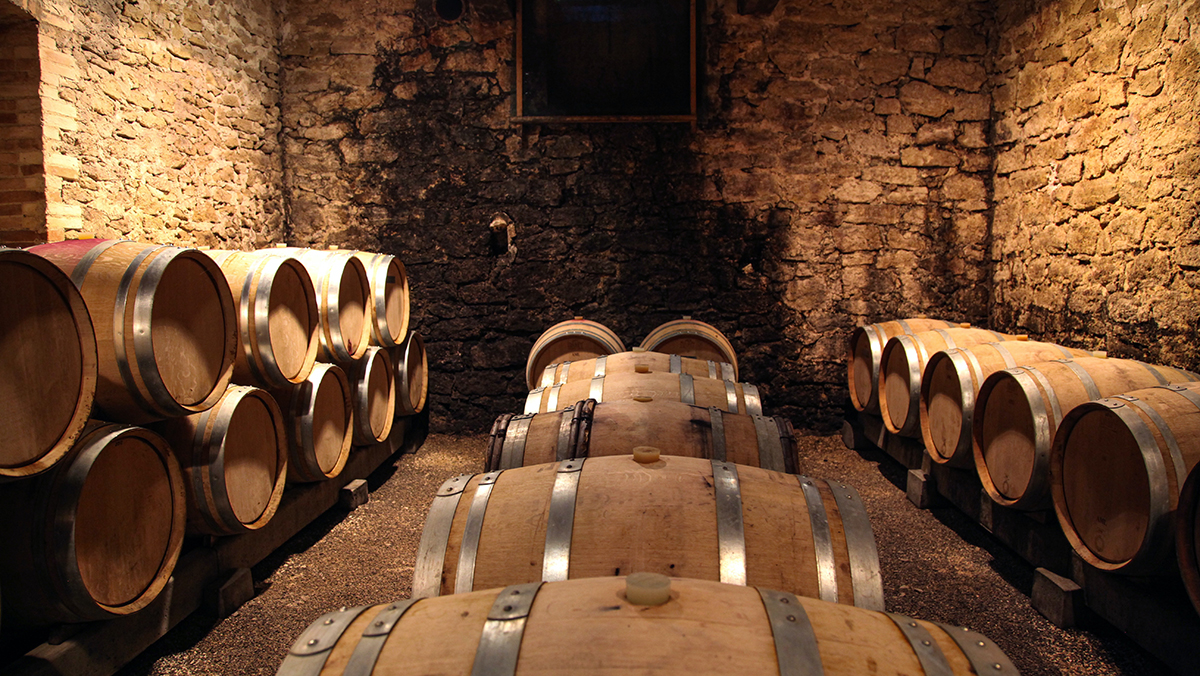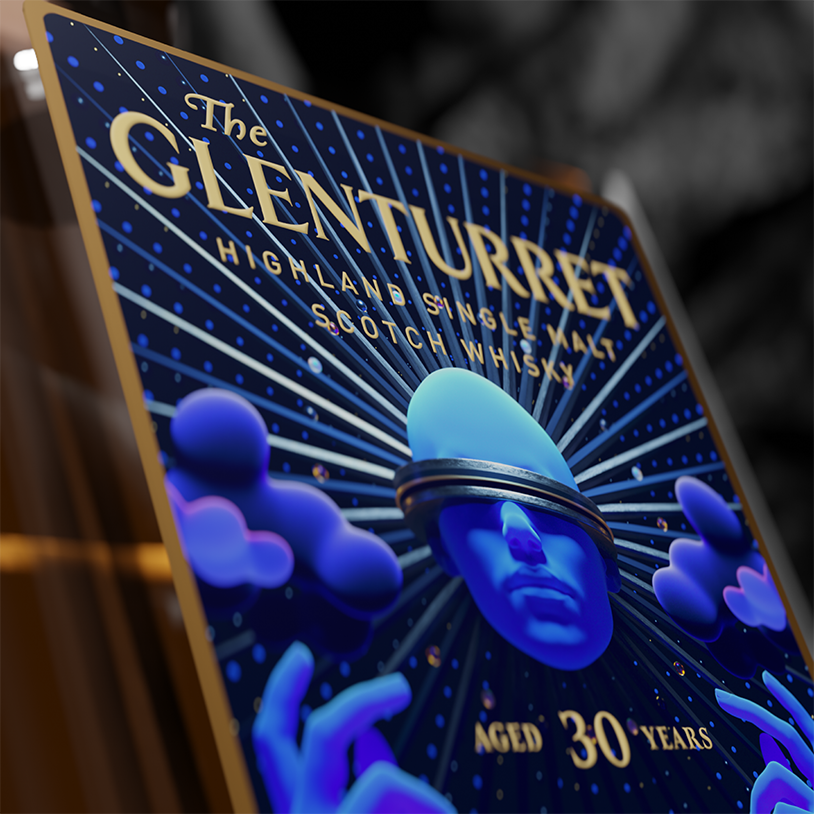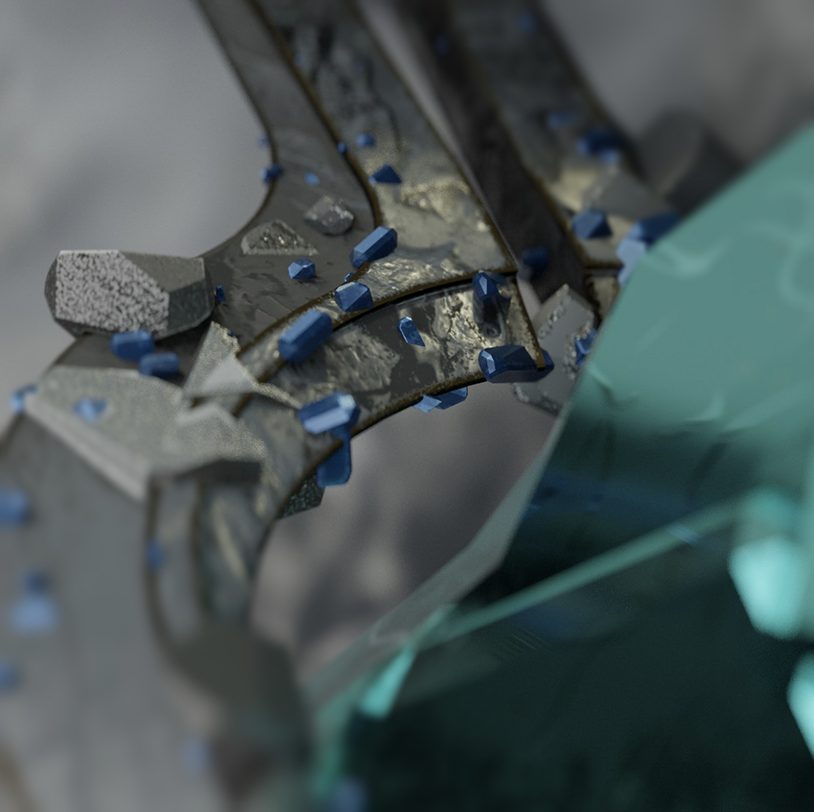
For the Web2.5 series Brandingmag interviewed Georg Runge, Marketing Lead, and Shenr-Jye Hon, Venture Lead, from Amber Island, a brand that makes whisky collecting accessible through digital ownership with NFTs. In this article they explain how a Web3 born brand can also have a Web2 audience, building a community-driven connection between whisky enthusiasts and NFT holders, and what the difference is between a retail brand and a collector brand.
Brandingmag: Let’s start with explaining the brand Amber Island
Georg Runge: Amber Island is a brand for whisky collectors and connoisseurs. Our community is a variety of seasoned collectors, curious beginners, Web3 natives, and NFT rookies. In short, we want to make whisky collecting accessible and transparent for everyone. As a member of our community, you’ll gain access to a world of rare and limited-edition whiskies, whisky education, and master classes. We connect the physical, rare whisky bottle to digital Non-Fungible Tokens (NFTs). That way, collectors have digital, unique proof that they own a rare whisky – apart from the bottle itself.
Bm: But when I have the physical bottle with the whisky, why do I need an NFT?
GR: Not every whisky collector wants to have the bottle in their home. Some people don’t have the right conditions to store the bottle, some people just want proof of ownership because they want to invest in rare whisky, not necessarily drink it. So you can get the bottle sent to you in a physical form or you can make us keep the bottle centrally stored in our warehouse in Germany, which is a professional storage with separate lockers and a four eyes principle protection. Your bottle is insured and you can redeem it whenever you want, we will ship it to you.
Bm: The brand is still very young, only one year old. Can you share how the brand was born and how you built it?
Shenr-Jye Hon: The brand was born at Gharage, the Vision Hub of Gebr. Heinemann, a leading international travel retailer (think of duty free shops). Gebr. Heinemann founded this Vision Hub three years ago.
We started looking at the crypto and blockchain space and we saw a great match between whisky collectors and blockchain aficionados. They appreciate craftsmanship. They love freedom. They love out of the ordinary worlds and experiences, and they love to collect things.
We wanted to create a dedicated, free whisky world and that’s when the island idea was born: Amber Island, where amber is referring to the whisky color. From there, we created a story for the Web3 audience, slowly unveiling the island, discovering there’s something mystical going on. We never mentioned whisky from the beginning, only by sharing more stories during the ramp up phase it slowly became clear what we were building. That gave us time to meanwhile launch our Discord server (which is a go-to place for Web3), adding the Twitter channel, and the Instagram channel.
Bm: Instagram because you wanted the brand to be credible in both Web2 and Web3 spaces?
SH: Yes, the brand had to be relevant for both whisky enthusiasts and connoisseurs, representing a free and new way of looking at whisky collecting and tasting. We started in the free space of Web3 but we soon incorporated Web2, where there’s a whisky audience with a like minded free spirit, people who love to innovate whisky.
We realized from the beginning the Amber Island concept would not suit every whisky drinker but we discovered that a lot of younger people find it interesting to merge tradition with a free nature and have open chats around all things involving whisky. To be part of a community where physical borders of a whisky cask or bottle are merged with the digital world of NFTs.
Bm: How do you educate the so called noobs to enter the world of NFTs?
GR: The good thing is, it’s probably not the first time they heard about NFTs since that topic has been dominating the news in the previous years. But it might be the first time they create a crypto wallet to purchase an NFT. For these whisky collectors that have no clue about wallets and Web3, we assist them in every step of the way. They can ask us – and the community – for help, always.
Bm: The Web3 space has a particular taste when it comes to visuals, how did you go about this without alienating the Web2 audience?
SH: We understood that Web3 is about community and that the space has its own favorite artists who visualize the sense of freedom, the cypherpunk element, the guerilla element. Through the Web3 community, we found artist Mark Constantine Inducil who designed the labels for our first release: a 30 year old whisky from the oldest working distillery in Scotland, The Glenturret. Galactic art on a classic whisky bottle, it works. For Web3 people, it was art they recognized as ‘theirs’, for Web2 people it was innovative. For both audiences, it was a completely different label to what they would expect on a traditional whisky brand. The distillery was very enthusiastic too, they gave us a lot of freedom, which was essential in the creative process.

Bm: Let’s say I’m a woman who loves Japanese whisky. I come into contact with your brand via regular social media. Can you take me through my journey?
SH: If you are a Japanese whisky lover, you would discover us maybe through Facebook, maybe through Instagram, or Twitter or our website. From there, you will access our community. Let’s say you pick our Discord as your community channel. You would say in that community ‘Hey, I’m a huge fan of Japanese whisky. What are your thoughts?’ and you would chat as if you were in a bar with like minded people. Of course, someone could say ‘I don’t like Japanese whisky at all, I’m a big fan of Scotch, which is okay because that will start a discussion for sure.
That community feeling is your starting point and from there, you would engage with the brand. At some point in time, you might feel ‘wow, I love the group, I want to commit myself more’. That’s when you can become a paid member on Amber Island. You would certainly ask ‘what do I get for that?’ in the community. You will hear that you can be part of experiences which are related to whisky. Like master classes, virtual events, but also live tastings as we recently had in Lisbon. There, you can meet the team and meet other connoisseurs and collectors. If that appeals to you, you can ‘mint’ (purchase) your membership NFT. From there, you will have access to special whisky editions that you’d always buy using an NFT, which is a 3D piece of art in itself that sits in your wallet. Something you can show off with. At some point, you may start giving us feedback on what you would like more from the brand. And eventually, you could start bringing other whisky lovers into the community.
Bm: Web3 is notorious for being truly global, young, anonymous, and decentralized. How does that fit the typical whisky brand which is seen as older and Western?
GR: The whisky scene has a branding problem, it’s often seen as something for older people and mostly men. We want to change that and make whisky more accessible to everyone. It’s not just about owning or collecting whisky, but actually experiencing it in a whole new way.
The thing with whisky is, you can quickly pick up on its unique flavors and nuances. Unlike wine or beer, where it takes more time to develop a discerning taste, whisky has distinct characteristics that make it easy to identify. In just a few tasting sessions, we can introduce you to different types like the smoky notes of Islay, the rich flavors of Speyside, or the smoothness of Japanese whisky. Trust me, you won’t miss the differences.
Bm: Speaking of branding problems: crypto has a big one because of scams and being highly volatile. Aren’t you afraid whisky will be seen as a risky investment too?
GR: Whisky is not only an amazing drink but also an amazing investment. It’s one of those alternative assets that have seen impressive growth over the past few decades. I’ve come across studies claiming an annual return of 10 to 12%, which is pretty good if you ask me. The limited supply of whisky plays a role here. Think about it — there are only so many Scottish distilleries, production facilities, production machinery suppliers, and aging processes take years. If someone were to start a new whisky brand today, the first batch wouldn’t be ready for another 10-15 years. That scarcity, combined with increasing demand from Western societies and especially Asia, makes whisky a sought-after luxury and a solid investment.
In places like Asia, whisky is deeply ingrained in business culture. Instead of wine bars, they have whisky bars where people gather with their colleagues to enjoy a fine dram. Many Asians become dedicated collectors, showcasing their whisky collection as a status symbol. It’s fascinating to see how whisky production has become an integral part of this whole culture.

Bm: Would you consider Amber Island a retail brand?
SH: I think we’re more of a community/collectible brand. With the release of the Cryptopunk #2764 x FABLE whisky, we wanted to convey the brand’s history and heritage. We had some exclusive behind-the-scenes masterclasses where the brand owners themselves shared their insights and answered questions. It was a deep-dive experience leading up to the release date.
Only then, you had the chance to purchase a bottle of this special whisky through an NFT which, again, acts as a certificate of ownership and access to further experiences on Amber Island. So, this journey is more than just buying an NFT or owning a bottle. It’s about building a relationship between the brand, the community, and the NFT holders. We’re constantly brainstorming and collaborating to bring follow-up utilities and surprises. We want people to feel that the NFT is more than just a collectible — it’s a meaningful connection to whisky, and whisky connoisseurs and collectors.
Cover image source: Tamara Malaniy